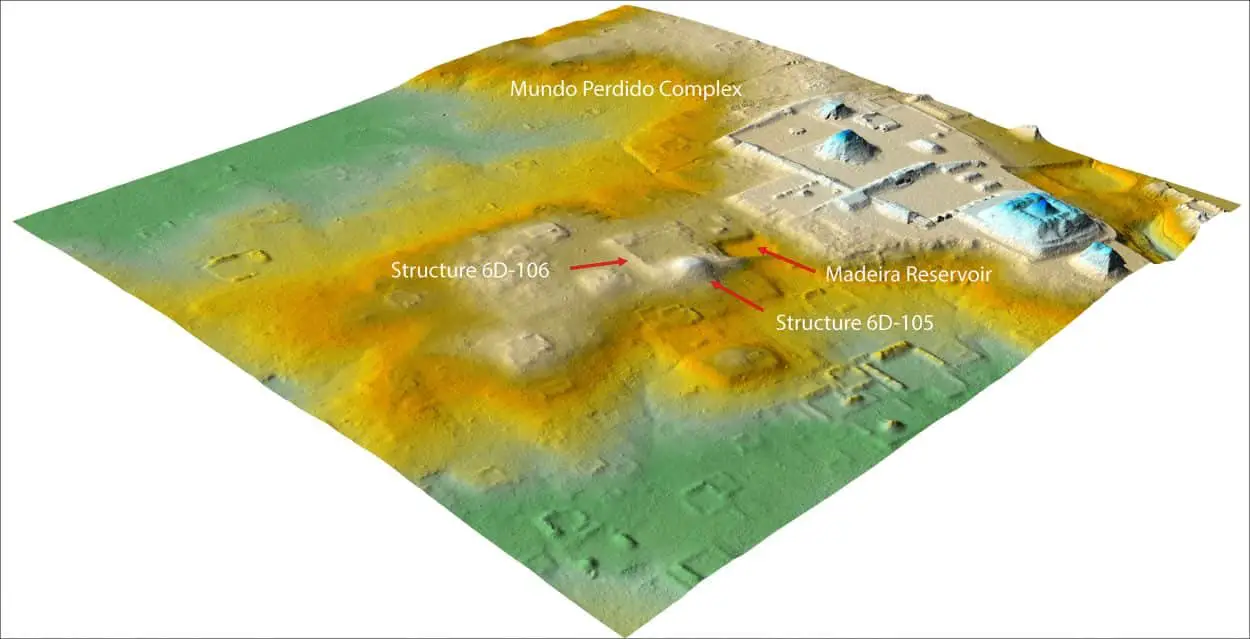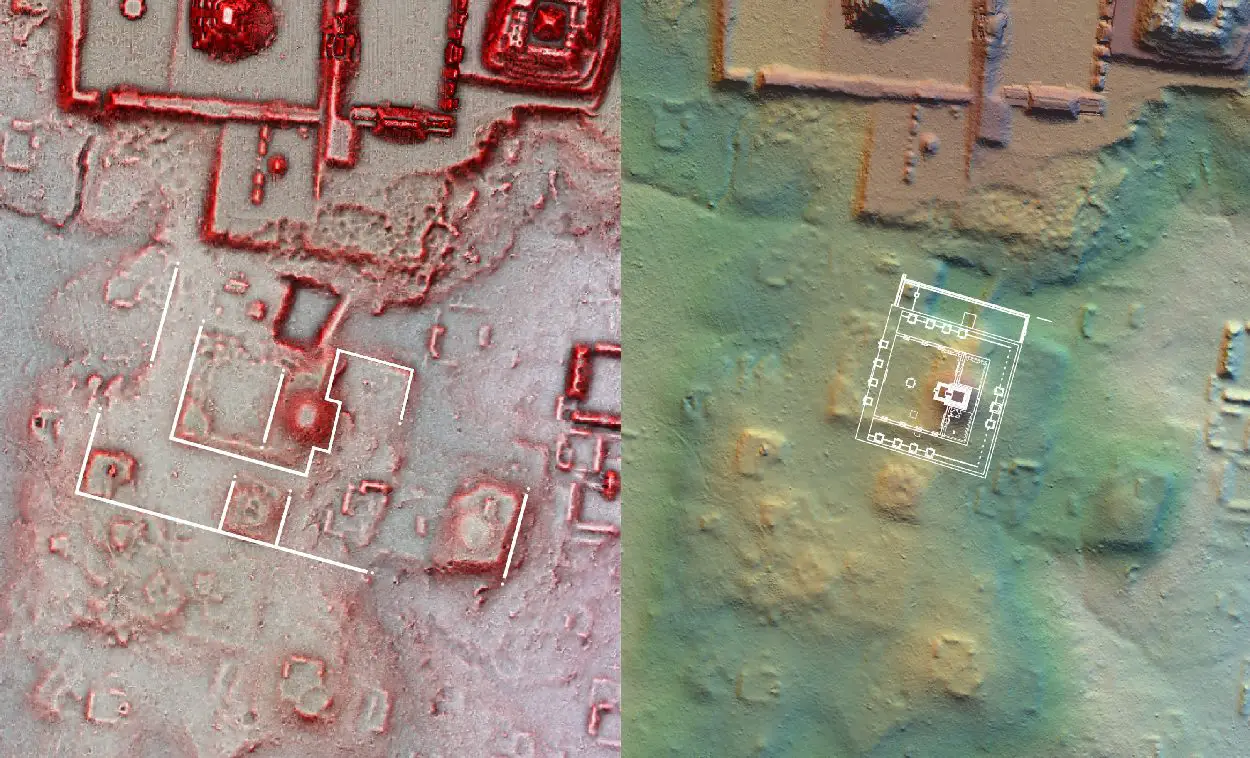Archaeologists conducting surveys at the Maya city of Tikal has discovered a previously unknown neighbourhood using light detection and ranging software.
Tikal is one of the largest Maya centres, located in the Petén Basin in present-day Guatemala. At its apogee during the Classic Period (AD 200 to 900), the city dominated much of the Maya region politically, economically, and militarily.
As part of a study by the Pacunam Lidar Initiative, a consortium of researchers used Lidar on an area assumed to be natural hills, but the survey has revealed a large previously unknown neighbourhood, designed to look like structures in Teotihuacan, the largest and most powerful city in the ancient Americas.
Stephen Houston, a professor of anthropology at Brown University said: “What we had taken to be natural hills, were actually shown to be modified and conformed to the shape of the citadel — the area that was possibly the imperial palace at Teotihuacan. Regardless of who built this smaller-scale replica and why, it shows without a doubt that there was a different level of interaction between Tikal and Teotihuacan than previously believed.”

Archaeologists have known for decades that the two cities were in contact and often traded centuries before Teotihuacan conquered Tikal around the year AD 378, with evidence that Maya elites lived in Teotihuacan, exchanging cultural and funerary rituals between the two cities. But the research consortium’s lidar findings and excavations prove that Teotihuacan did more than just trade, and culturally influence the smaller city of Tikal before conquering it.
“The architectural complex we found very much appears to have been built for people from Teotihuacan or those under their control,” Houston said. “Perhaps it was something like an embassy complex, but when we combine previous research with our latest findings, it suggests something more heavy-handed, like occupation or surveillance. At the very least, it shows an attempt to implant part of a foreign city plan on Tikal.”
The structures were designed in a smaller scale that makes up Teotihuacan’s citadel, with an adjacent complex of residential buildings where the researchers discovered projectile points crafted with flint, a material commonly used by the Maya, and green obsidian, a material used by residents of Teotihuacan.
“Excavations in the middle of the citadel at Teotihuacan have found the burials of many individuals dressed as warriors, and they appear to have been sacrificed and placed in mass graves,” Houston said.
The more they find out, Houston said, the more he hopes they will understand Teotihuacan’s presence in Tikal — and, more broadly, how its imperial power changed the diverse cultural and political landscape in Mesoamerica. Find out more
Header Image Credit : Stephen Houston





